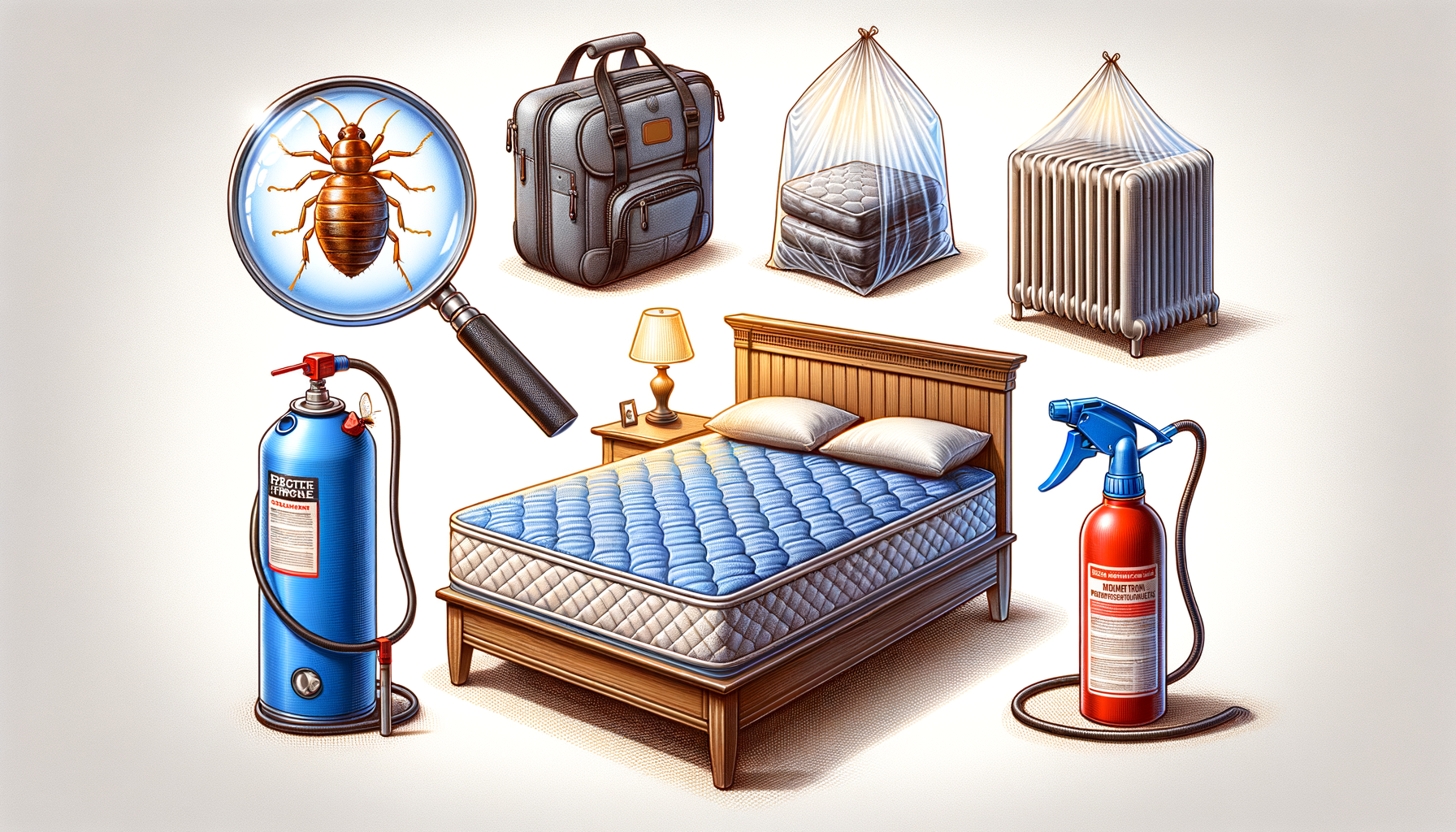5 Effective Strategies for Bed Bug Control
Discover effective strategies to control bed bugs and reclaim your home.

Introduction to Bed Bug Control
Bed bugs, those tiny yet troublesome insects, have been a persistent problem in human dwellings for centuries. Their ability to hide in the smallest crevices and their resilience to many common pest control measures make them a formidable foe for homeowners. Understanding the importance of bed bug control is crucial, not only for maintaining a comfortable living environment but also for ensuring the health and well-being of those residing in the infested area. This article delves into effective strategies for bed bug control, offering insights and practical solutions to help you reclaim your home from these unwelcome guests.
Understanding Bed Bug Behavior
Before tackling a bed bug infestation, it is essential to understand their behavior. Bed bugs are nocturnal creatures, feeding on the blood of humans and animals while they sleep. They are attracted to warmth and carbon dioxide, which is why they are often found in beds and bedding. Their flat bodies allow them to hide in small spaces, making detection challenging. Recognizing signs of an infestation, such as small blood stains on sheets, dark spots of excrement, or a sweet musty odor, can help in early identification and control.
Bed bugs reproduce quickly, with a single female laying hundreds of eggs in her lifetime. These eggs hatch in about a week, and the nymphs begin feeding immediately. This rapid reproduction cycle means that even a small infestation can become a significant problem if not addressed promptly. Understanding these behavioral traits is the first step in developing an effective control strategy.
Inspection and Identification
Effective bed bug control begins with a thorough inspection of the affected area. This involves checking common hiding spots such as mattress seams, box springs, bed frames, and headboards. Additionally, bed bugs can hide in furniture, behind wallpaper, and even in electrical outlets. Using a flashlight and magnifying glass can aid in spotting these elusive pests.
Professional pest control services often use specially trained dogs to detect bed bugs, as their keen sense of smell can identify infestations that might go unnoticed by human inspectors. Identifying the extent of an infestation is crucial for determining the appropriate treatment method. Early detection can prevent the spread of bed bugs to other areas of the home, making control efforts more manageable.
Non-Chemical Control Methods
Non-chemical methods of bed bug control focus on physical removal and environmental adjustments. One of the simplest methods is vacuuming, which can remove bed bugs and their eggs from surfaces. It is important to empty the vacuum immediately after use to prevent re-infestation. Additionally, washing and drying bedding and clothing at high temperatures can kill bed bugs and their eggs.
Encasing mattresses and box springs in protective covers can trap bed bugs inside, preventing them from feeding and eventually killing them. Reducing clutter in the home also limits hiding places for bed bugs, making inspections and treatments more effective. These methods, while not always sufficient on their own, can significantly reduce bed bug populations when used in conjunction with other strategies.
Chemical Treatments and Professional Assistance
When non-chemical methods are insufficient, chemical treatments may be necessary. Over-the-counter insecticides can be used, but they often provide limited success due to bed bugs‘ resistance to certain chemicals. Professional pest control services have access to more potent treatments and the expertise to apply them effectively.
Integrated Pest Management (IPM) approaches, which combine chemical and non-chemical methods, are often recommended for comprehensive bed bug control. Professional exterminators can assess the situation and implement a tailored plan that minimizes chemical use while effectively eliminating bed bugs. Seeking professional assistance can save time, money, and frustration in the long run, ensuring a more thorough and lasting solution.
Conclusion: Reclaiming Your Home
Bed bug infestations can be daunting, but with the right strategies and persistence, they can be controlled. Understanding bed bug behavior, conducting thorough inspections, implementing non-chemical methods, and seeking professional help when necessary are all critical steps in reclaiming your home. By taking proactive measures and remaining vigilant, you can protect your living space from these persistent pests and enjoy a comfortable, pest-free environment once more.